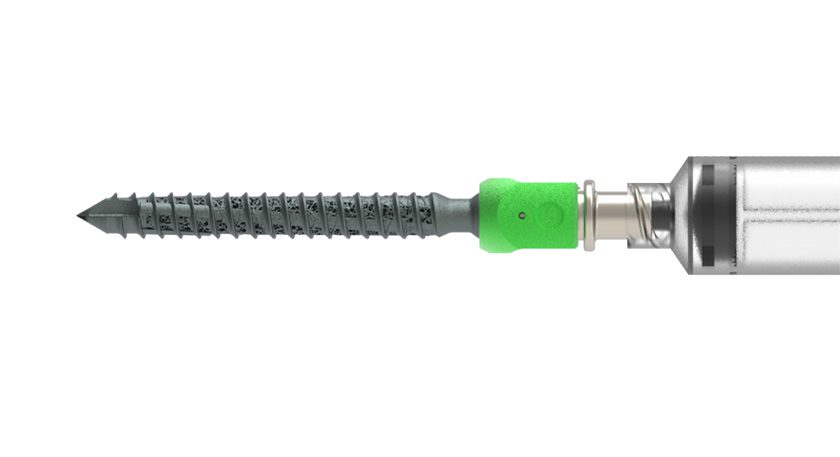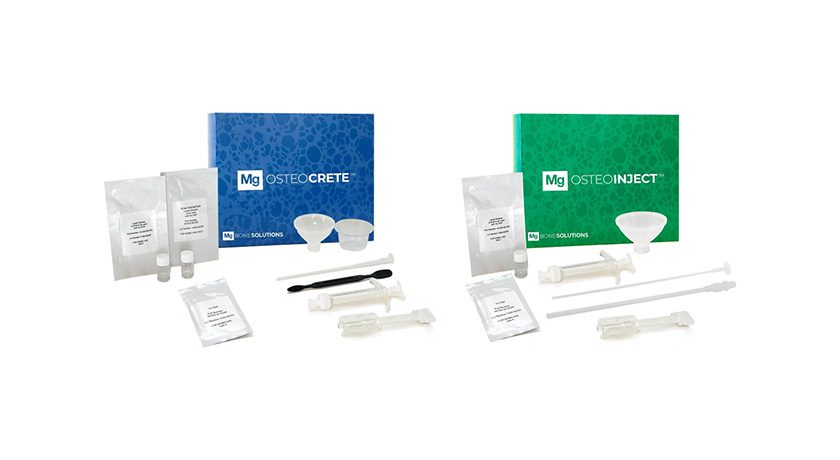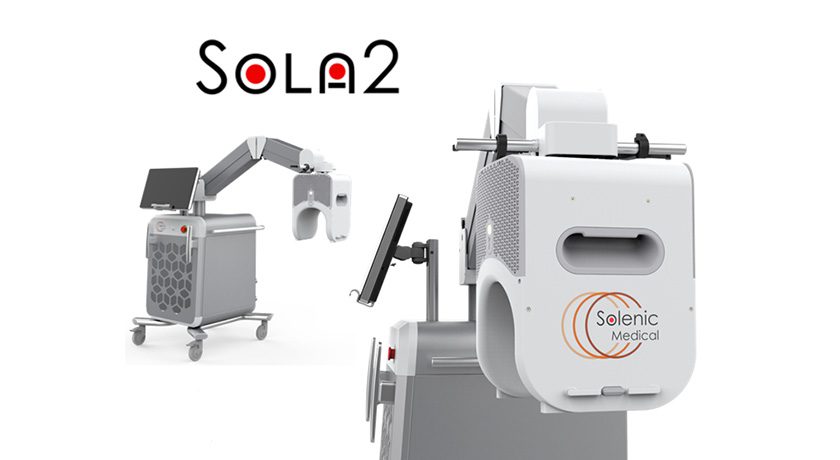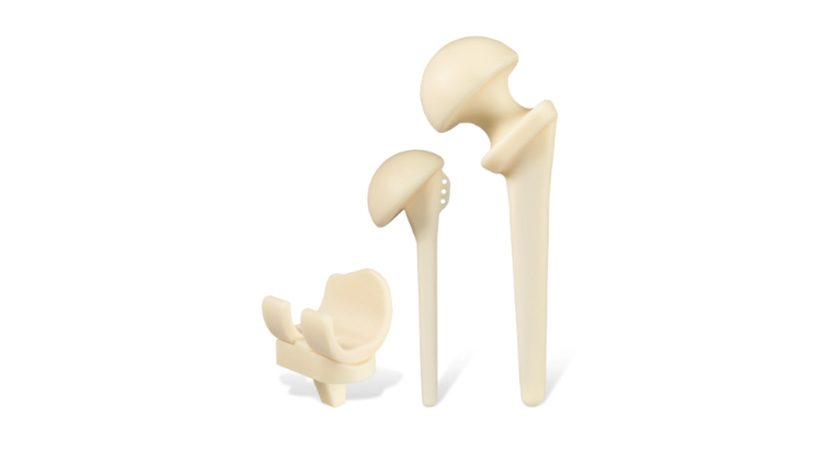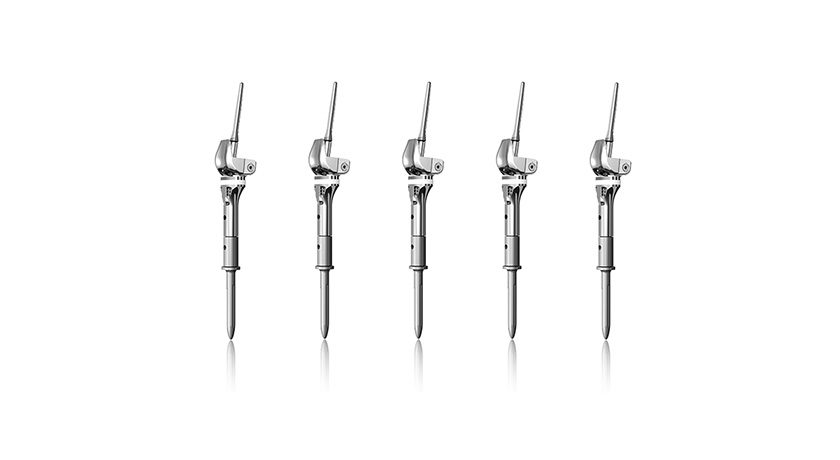
 Copy to clipboard
Copy to clipboard 
Kinamed, developer of the CarboJet® CO2 Bone Preparation system, announced publication of a clinical study examining its use in traditional tourniquet vs. tourniquetless total knee replacement (TKR). Results indicate that female patients in the no-tourniquet/CarboJet group experienced significantly less post-op pain and consumed fewer opioids vs. those in the tourniquet group.
Surgical protocols that minimize opiod use, such as tourniquet elimination, are highly sought-after given the risks of opiod prescription. When performing tourniquetless TKR, however, an optimal cement technique may be challenged due to additional fluid debris in the bone and at implant interfaces.
CarboJet is designed to use medical-grade compressed carbon dioxide gas to remove lipids/fatty marrow elements, blood and saline from the bone surface prior to cement application. This helps support appropriate penetration of the cement to avoid aseptic implant loosening, a common failure of the TKR procedure.
Source: Kinamed
Kinamed, developer of the CarboJet® CO2 Bone Preparation system, announced publication of a clinical study examining its use in traditional tourniquet vs. tourniquetless total knee replacement (TKR). Results indicate that female patients in the no-tourniquet/CarboJet group experienced significantly less post-op pain and consumed fewer opioids vs....
Kinamed, developer of the CarboJet® CO2 Bone Preparation system, announced publication of a clinical study examining its use in traditional tourniquet vs. tourniquetless total knee replacement (TKR). Results indicate that female patients in the no-tourniquet/CarboJet group experienced significantly less post-op pain and consumed fewer opioids vs. those in the tourniquet group.
Surgical protocols that minimize opiod use, such as tourniquet elimination, are highly sought-after given the risks of opiod prescription. When performing tourniquetless TKR, however, an optimal cement technique may be challenged due to additional fluid debris in the bone and at implant interfaces.
CarboJet is designed to use medical-grade compressed carbon dioxide gas to remove lipids/fatty marrow elements, blood and saline from the bone surface prior to cement application. This helps support appropriate penetration of the cement to avoid aseptic implant loosening, a common failure of the TKR procedure.
Source: Kinamed

You’ve reached your limit.
We’re glad you’re finding value in our content — and we’d love for you to keep going.
Subscribe now for unlimited access to orthopedic business intelligence.
JV
Julie Vetalice is ORTHOWORLD's Editorial Assistant. She has covered the orthopedic industry for over 20 years, having joined the company in 1999.


